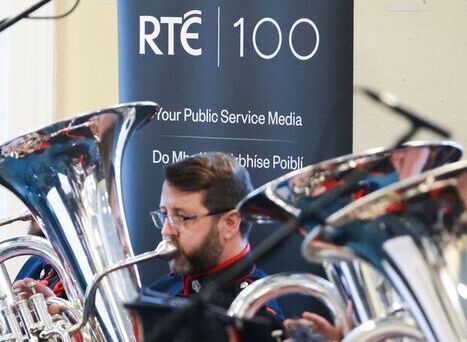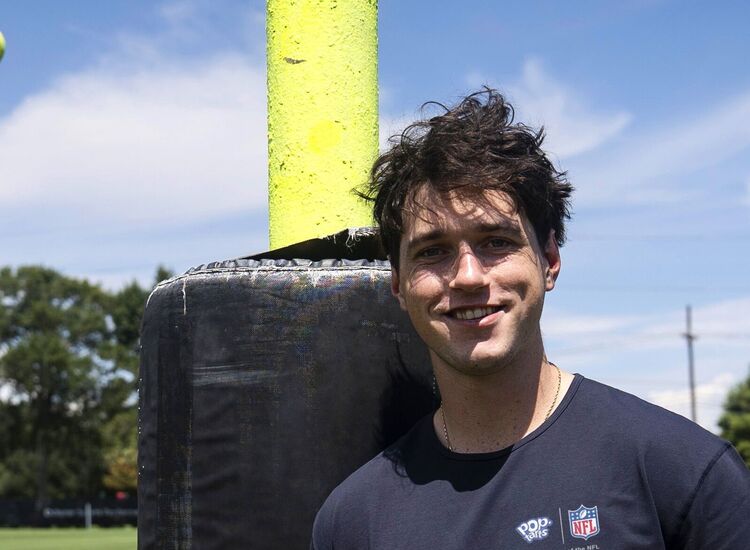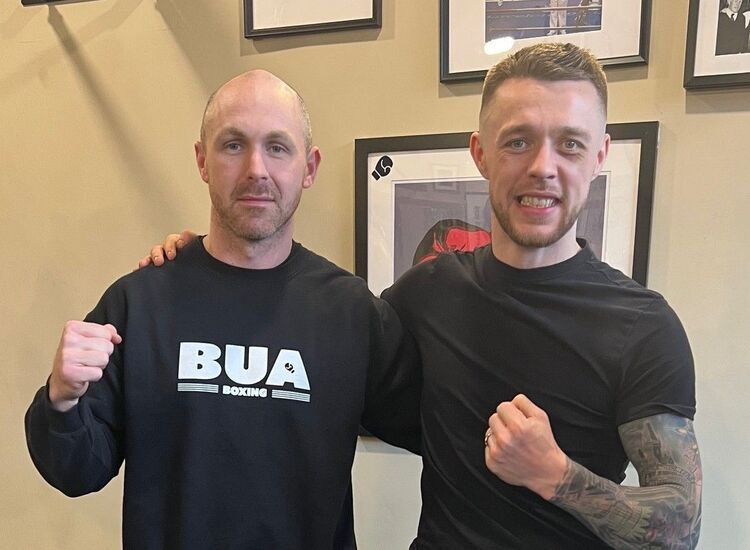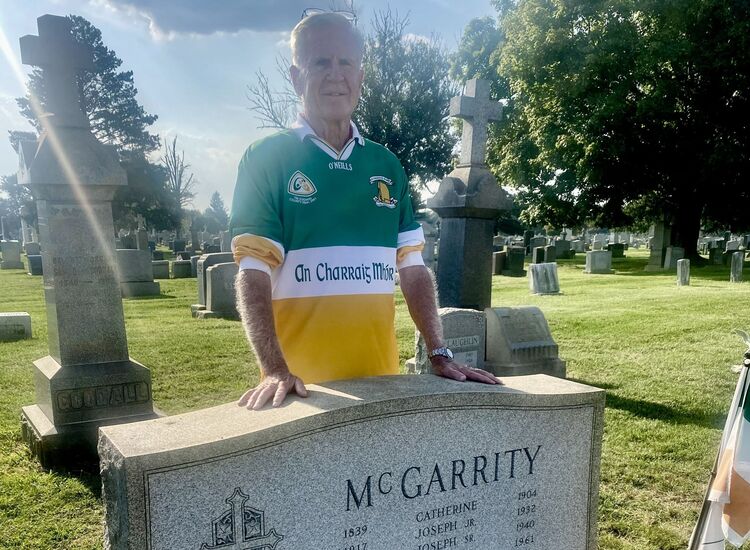By Daniel Neely
letters@irishecho.com
There is scarcely a traditional musician who hasn’t been touched by the magisterial playing of the great fiddler Bobby Casey. His tone, the nuances in his phrasing, and his repertory of tunes are fabled, and the prospect of a well-curated and lovingly restored album of his work is enough to excite even the most curmudgeonly of musicians. And surely, the curiosity of many was piqued when a new album called “Maestro: The Music of Bobby Casey” was launched at the Fleadh Nua in Ennis earlier this year. Comprised mostly of solo fiddle playing, “Maestro” does not disappoint. Not only is it a deeply satisfying album to listen to, it’s historically significant; the album you hand a friend when they express a curiosity for Irish music, but say they only want to hear the “real” stuff.
Casey was born in Annagh, Miltown Malbay, Co. Clare, in 1926 and had an extraordinary musical upbringing in an extraordinarily musical place. His father, Scully Casey, was a legendary fiddler, as was his neighbor, the great Junior Crehan, from whom he also learned. But Casey was lucky, as his peer group at home included the likes of Martin Talty, Paddy Canny, P.J. Hayes and Martin Rochford (to name only a few), all of whom were also important foundational musicians. Then, when Casey moved to Dublin in the early 1950s, he went with the profoundly influential Willie Clancy (they were flatmates) and the two spent their time playing with storied individuals like concertina and fiddle player John Kelly, the fiddler Joe Ryan and the Potts family of musicians.
Shortly thereafter, Clancy and Casey moved to London. While Clancy’s visit was short, Casey hung on, started a family and stayed for over 40 years. In London, he played with the finest musicians around, people like uilleann piper Tommy McCarthy, fiddler Martin Byrnes, flute player Roger Sherlock, box player Raymond Roland, banjo driver Liam Farrell and fiddle man Brendan Mulkere (again, to name but a few) and his music became better known through albums like “Paddy in the Smoke,” “Taking Flight,” and “Casey in the Cowhouse,” all of which are considered classics.
Casey died in 2000 in Northamptonshire, central England, a profound influence on Irish music and “Maestro” documents his brilliant legacy in the most reverent and respectful of ways. Comprised of recordings housed by the Comhaltas Archive (archive.comhaltas.ie), it was produced and released by Cois na hAbhna Archive (Comhaltas Ceoiltóirí Éireann’s regional base in Ennis) from recordings that were created over a 25 year span, from the mid-1950s to the mid-1970s. All have been wonderfully restored and mastered to the highest possible standard and showcase Casey’s music marvelously.
It impossible to say much about the individual tracks because every single one is a five-star gem. For example, I think “Tuttles / Porthole Of The Kelp” is outrageously good, and find “Colonel Fraser” and “Miss McDonald / Up To Your Knees In Sand” (with John Kelly Sr. and Joe Ryan) similarly outstanding, but much of this comes down to personal taste. Ultimately, there’s just a lot of music to enjoy here – 18 tracks, to be exact. Casual listeners will be captivated by Casey’s energy, while those with a more musicianly ear will revel in his phrasing and ornamentation.
The liner notes that come with the CD are quite nicely written and include lovely tributes from John Kelly, Angela Casey, Brendan Mulkere, Paddy Ryan and Michael Falsey. I do wonder why Cois na hAbhna did not include archival information about where and when each track was recorded. (Three tracks, for example, sound like ones that appeared on the long out-of-print LP “Ceol An Clare.”) It’s an unfortunate oversight, but not one that will detract anyone’s overall enjoyment.
Simply put, “Maestro: The Music of Bobby Casey” is superb, brilliant and important album documenting one of the music’s superior players. Casey’s playing has never sounded better and the selection of tracks is outstanding. This is a must-have for fiddle players and people from Clare, but it is recommended very highly to anyone who loves traditional Irish music. For more information, visit Cois na hAbhna Archive, www.coisnahabhna.ie.
Daniel Neely writes on traditional music every week in the Irish Echo.










